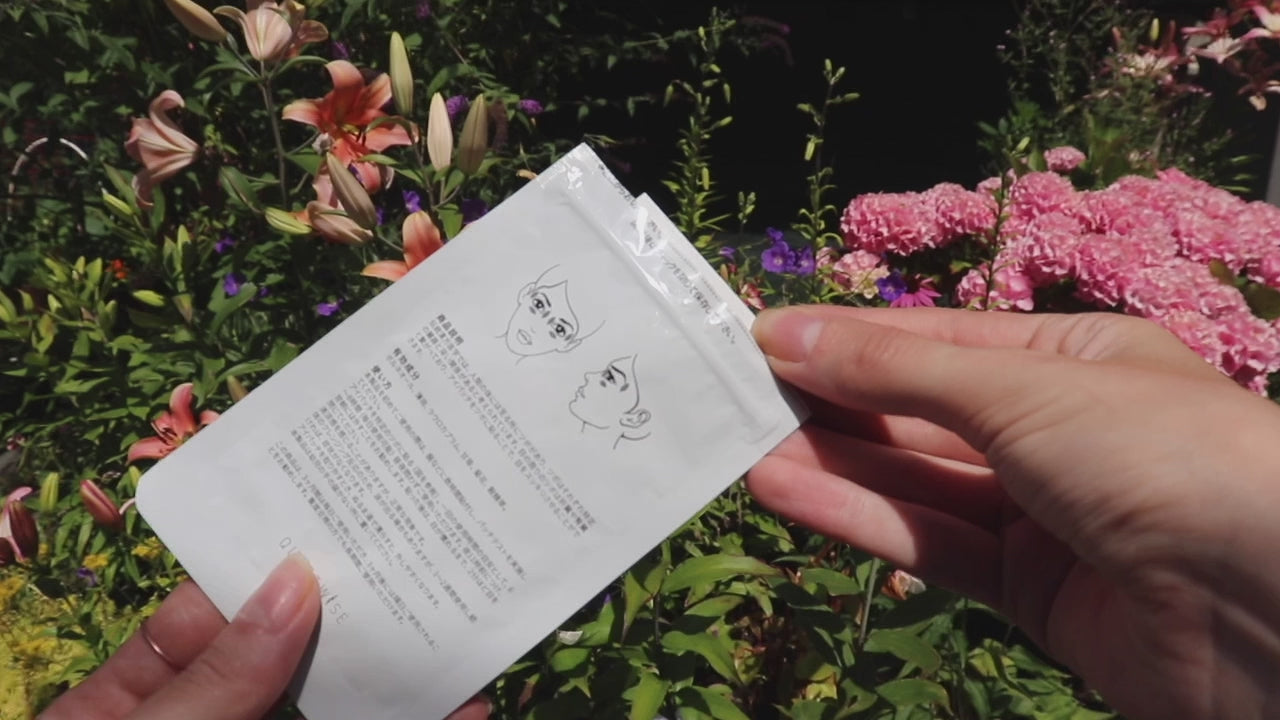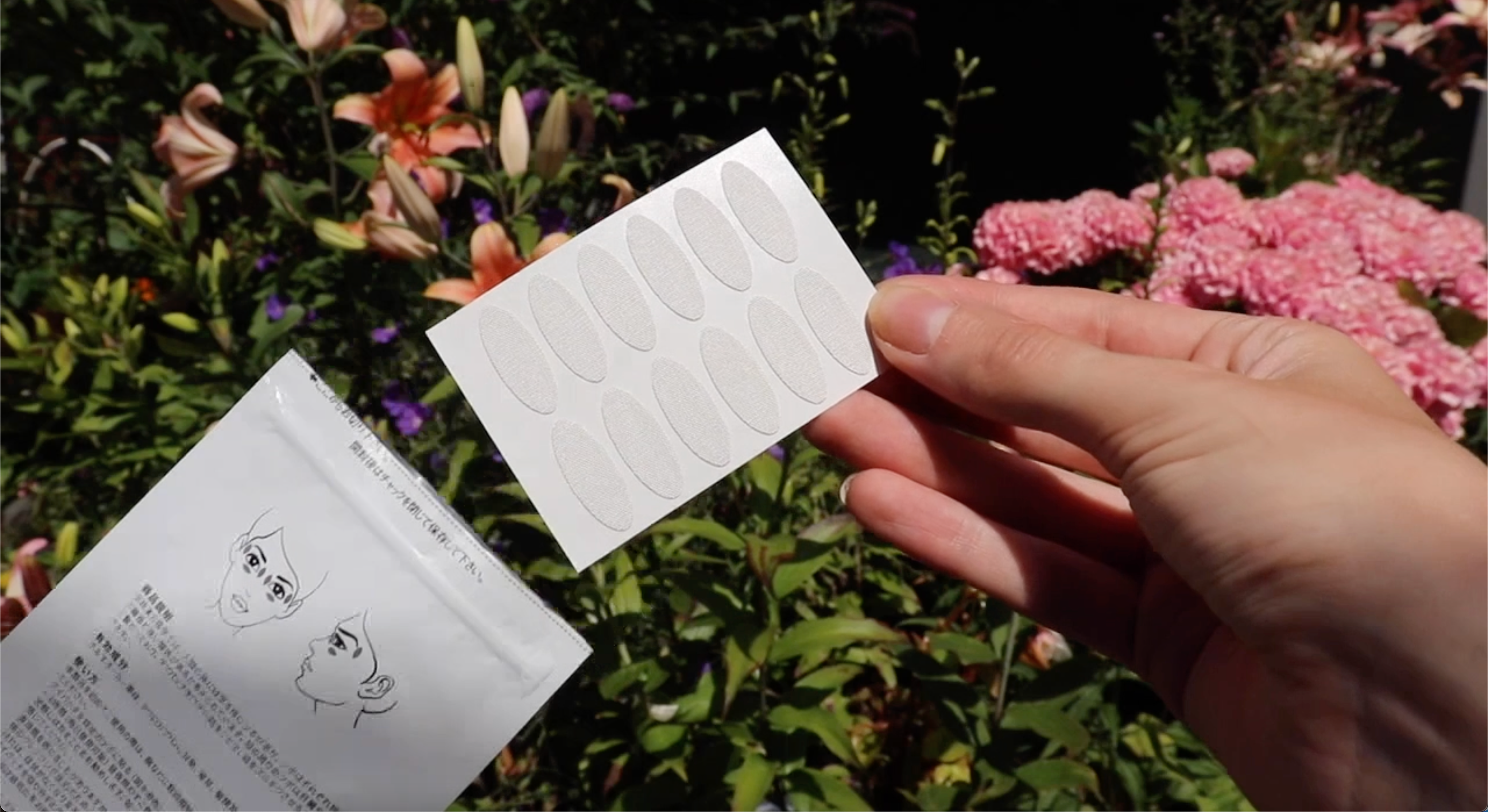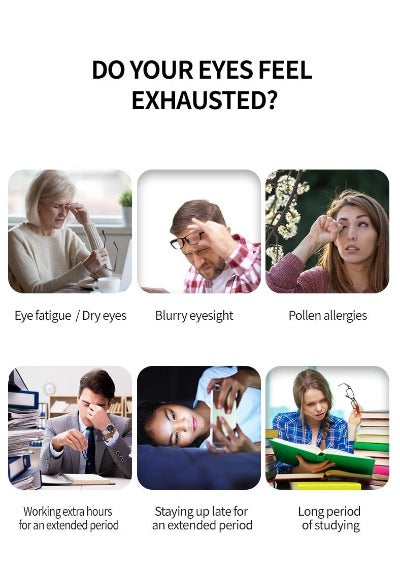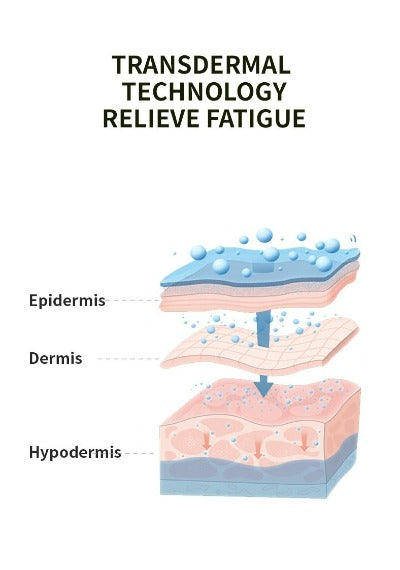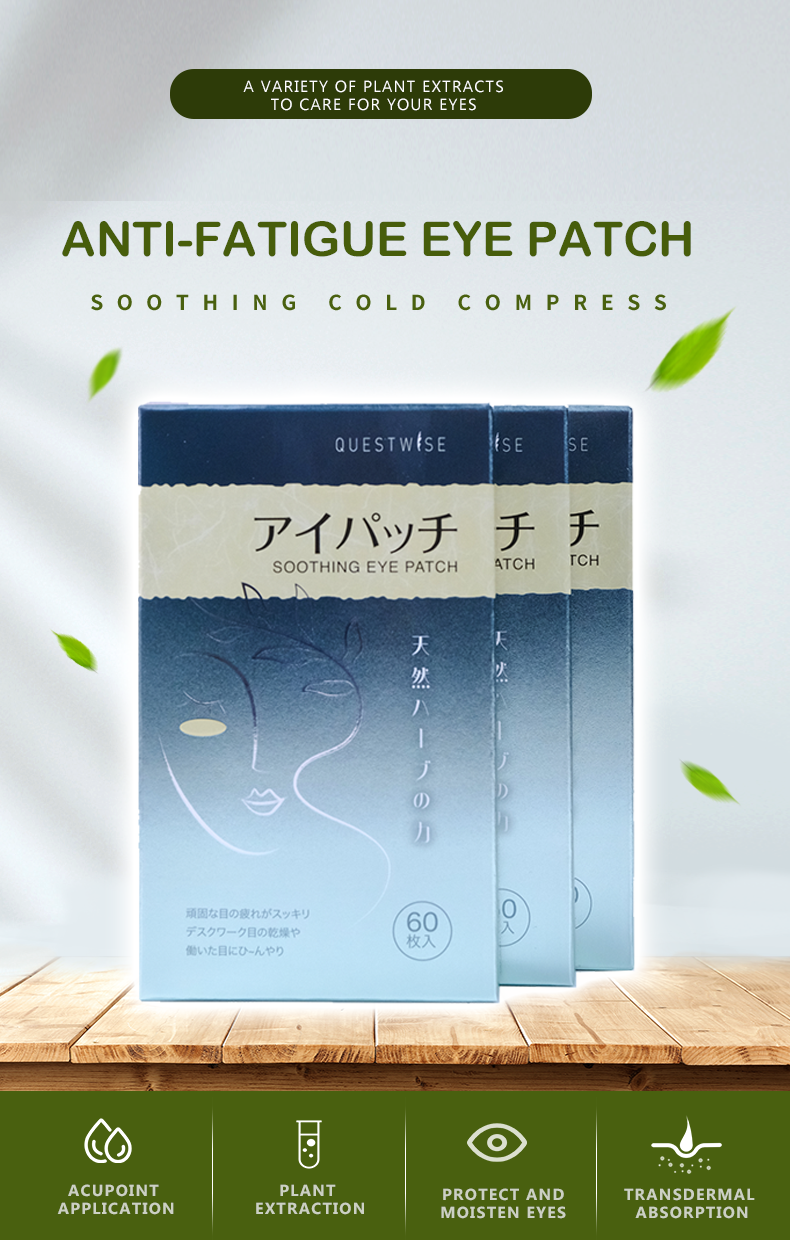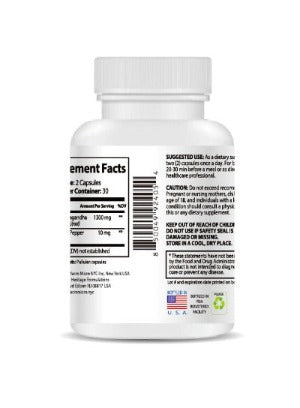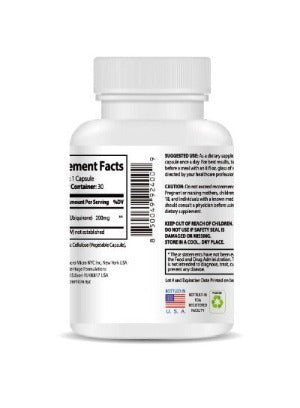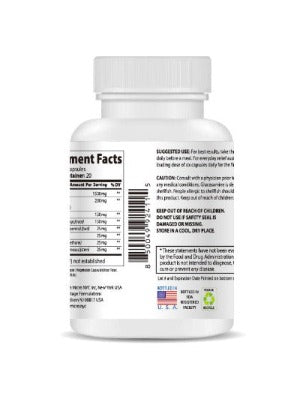Top 5 Causes of High Eye Pressure Explained: A Comprehensive Guide for 2025
High eye pressure, also known as ocular hypertension, is a significant health concern that can lead to irreversible vision loss if left unaddressed. Understanding the root causes of this condition is paramount for effective prevention and management. This comprehensive guide delves into the top five contributing factors, empowering you with knowledge to protect your precious eyesight. We'll explore the intricate mechanisms behind high eye pressure, examining the roles of age, genetics, underlying medical conditions, eye injuries, medications, and lifestyle factors. By the end of this article, you'll have a clearer understanding of how to safeguard your vision and take proactive steps toward maintaining healthy eye pressure.
1. The Role of Age and Age-Related Changes: A Gradual Shift in Intraocular Pressure
As we journey through life, our bodies undergo a series of natural transformations, and our eyes are no exception. The intricate structures within the eye, responsible for maintaining optimal intraocular pressure (IOP), can gradually weaken over time. This age-related deterioration often begins subtly, making regular comprehensive eye exams absolutely crucial for early detection and intervention. The older we get, the more vital preventative measures become.
The delicate balance within the eye, responsible for regulating fluid flow and maintaining pressure, can be disrupted by the natural aging process. This disruption can manifest as a slow increase in IOP, which, if left unchecked, can progress to more serious conditions. While aging itself isn't directly causing high eye pressure, it significantly increases the risk, highlighting the importance of proactive eye care, especially after the age of 40. Consider scheduling more frequent check-ups with your ophthalmologist as you age to monitor IOP and address any potential concerns promptly. Early detection is key to preventing irreversible vision damage.
The aging process affects various components of the eye. For example, the drainage channels responsible for removing fluid from the eye can become less efficient with age, leading to a buildup of fluid and increased pressure. Furthermore, the structural integrity of the eye's components can weaken, making it more susceptible to pressure fluctuations. Regular monitoring allows ophthalmologists to identify any subtle changes in IOP and implement appropriate interventions before significant damage occurs.
2. The Impact of Genetics and Family History: Understanding Your Predisposition
Genetic predisposition plays a substantial role in the likelihood of developing high eye pressure. If you have a family history of glaucoma or ocular hypertension, your risk is significantly elevated. This underscores the need for open communication with your family members about their eye health history and a proactive approach to your own eye care. Understanding your genetic risk profile is a crucial first step towards informed decision-making and preventative strategies.
Research indicates a strong correlation between inherited genetic markers and the development of high eye pressure. Specific genes have been identified that influence the structure and function of the eye, making some individuals more prone to developing high IOP. While you cannot change your genes, knowing your family history allows you to take preemptive steps, including more frequent eye examinations, to monitor your IOP and detect any abnormalities early on. This proactive approach dramatically increases the chances of successful management and preservation of vision.
Family history provides valuable insights into your personal risk. If multiple family members have experienced high eye pressure or glaucoma, it's especially crucial to have regular eye exams starting at a younger age. These exams will allow for early detection of any anomalies and enable timely intervention, reducing the long-term impact on your vision. Open communication within the family about eye health is vital for early diagnosis and proactive management.
3. The Influence of Underlying Medical Conditions: Interconnected Health Factors
Certain medical conditions can indirectly contribute to increased eye pressure. Diabetes, for instance, can damage blood vessels in the eye, affecting the delicate mechanisms that regulate IOP. Similarly, cardiovascular diseases and migraines have been linked to an increased risk of high eye pressure. Managing existing health conditions effectively is crucial in mitigating the risk of eye complications.
Diabetes significantly increases the risk of high eye pressure due to its impact on blood vessels. The damage caused by diabetes can compromise the eye's ability to regulate fluid balance, leading to increased IOP. Similarly, conditions affecting blood pressure and blood flow can have a knock-on effect on the eye. Cardiovascular diseases, hypertension, and even migraines can indirectly contribute to fluctuations in intraocular pressure.
Maintaining a healthy lifestyle through regular exercise, a balanced diet, and stress management techniques is vital in supporting overall health, including eye health. If you have pre-existing conditions like diabetes or cardiovascular disease, working closely with your healthcare team to maintain optimal control is essential to prevent further complications and reduce the risk of high eye pressure. Regular check-ups and adherence to treatment plans are key.
4. Eye Injuries, Inflammation, and Their Consequences: Protecting Your Eyesight
Trauma to the eye, even seemingly minor injuries, can disrupt the intricate balance of intraocular pressure. Any physical impact on the eye, from blunt force trauma to penetrating injuries, can lead to inflammation and subsequent pressure increases. Furthermore, chronic inflammation within the eye, regardless of its origin, can also contribute to elevated IOP. Protecting your eyes is paramount, and seeking immediate medical attention for any eye injury is crucial.
Preventing eye injuries is a top priority. Always wear appropriate protective eyewear when participating in activities that carry a risk of eye trauma, such as sports or home improvement projects. Addressing eye inflammation promptly is equally vital. Many eye conditions, such as uveitis (inflammation of the middle layer of the eye), can cause increased eye pressure.
Seek immediate medical attention for any eye injury or persistent inflammation to prevent long-term complications, including high eye pressure. Early intervention is critical to minimize the risk of permanent damage and to preserve vision. Prompt treatment of eye injuries and inflammation can often prevent lasting damage and reduce the likelihood of developing high eye pressure.
5. Medications and Their Potential Side Effects: A Comprehensive Medication Review
Certain medications, particularly long-term use of steroids, have been identified as potential contributors to increased eye pressure. Steroids, while effective in treating various conditions, can have adverse effects on the eye, including elevating IOP. If you are on long-term medication, discussing its potential impact on your eye health with your doctor and ophthalmologist is essential.
Many medications, especially those containing corticosteroids, can have a direct impact on intraocular pressure. These medications, while helpful in managing certain health conditions, can interfere with the eye's fluid balance, resulting in increased pressure. This is especially important for individuals on long-term steroid therapy. Regular monitoring of eye pressure is crucial in these cases.
Open communication between you and your healthcare providers is crucial. Inform your doctor and ophthalmologist about all medications you are taking, including over-the-counter drugs, supplements, and herbal remedies, to allow for a thorough assessment of any potential risks and the development of a tailored management plan to minimize adverse effects. Regular monitoring of IOP is especially vital if you are on medications known to affect eye pressure. This proactive approach helps to mitigate potential risks.
Relieving Eye Strain and Discomfort: The Benefits of Wise Quest Soothing Eye Patches
Experiencing persistent eye strain or discomfort? Consider incorporating Wise Quest Soothing Eye Patches into your daily routine. These innovative patches, infused with the power of traditional Chinese herbal medicine, offer soothing relief from eye fatigue, dryness, astringency, redness, and swelling. They are designed to promote healthy blood circulation around the eyes, helping alleviate discomfort and contribute to overall eye well-being. This natural approach can provide welcome relief from the symptoms associated with eye strain and may help alleviate the discomfort frequently experienced alongside conditions such as high eye pressure.

The Wise Quest Soothing Eye Patches are a valuable addition to a holistic approach to eye health. While they offer relief from discomfort, they are not a replacement for professional eye care. Regular check-ups with your ophthalmologist are crucial for early detection and management of high eye pressure. These patches can be a useful addition to a comprehensive eye health regimen.
Remember, early detection and proactive management are paramount in preserving your vision. Regular comprehensive eye exams, regardless of whether you're experiencing symptoms, are essential for safeguarding your eye health. Don't hesitate to consult your healthcare provider or ophthalmologist with any concerns about your eye health. Proactive care is the best investment you can make for your long-term vision well-being. By understanding the causes of high eye pressure and taking proactive steps, you can significantly reduce your risk and protect your precious eyesight for years to come.



